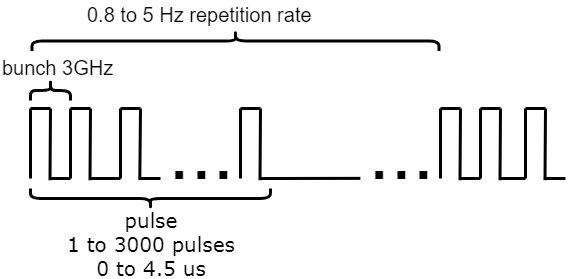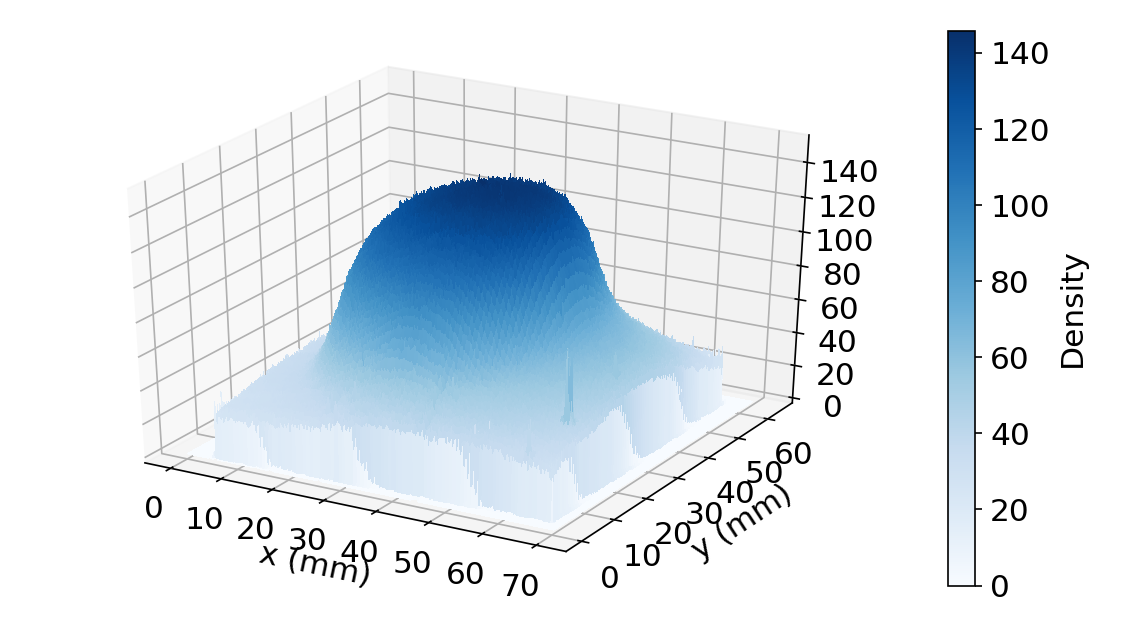VESPER
The Very energetic Electron facility for Space Planetary Exploration missions in harsh Radiative environments
Facility Introduction
The Very energetic Electron facility for Space Planetary Exploration missions in harsh Radiative environments is a high energy electron beamline for radiation testing which is part of the CLEAR experimental linear electron accelerator at CERN.
The facility was upgraded in 2017, with the commissioning of the beamline in May 2017, the first user runs are possible in July 2017. The new facility allows for a greater energy range, form energies from 200 MeV down to 60 MeV.
The main application of the beamline is that of characterizing electronic components for the operation in a Jovian environment, in which trapped electrons of energies up to several hundred MeVs are present with very large fluxes. In addition, the use of the beam line for the characterization of devices and detectors in a purely electro-magnetic beam for high-energy accelerator applications is also relevant.
Beam Dosimetry
The beam intensity and profile are monitored during the irradiation using a Beam Current Transformer (BCT) and BTV screen immediately downstream the vacuum exit window and upstream the Device Under Test (DUT) location. These instruments are regularly cross-calibrated with other measurements such as the RadFETs or gafchromic films for the dose profile; the ESA Monitor for the physical SEU distribution over a 2 x 2 cm2 surface or activation measurements using gold foils for the beam intensity.
So far the efforts have concentrated on calibrating the beam for the low intensity configuration at 200 MeV, however in the near future larger intensities and lower energies (down to 50 MeV) will also be thoroughly characterized.
Main beam parameters
The electron beam at VESPER has an energy between 130 - 220 MeV, down to 60 MeV with upgrade. The beam has a pulsed structure, with pulses arriving on the DUT at a frequency ranging from 0.8 to 5 Hz. The pulses consist of individual bunches (1 to 3000) at a 3 GHz frequency, therefore 15000 for a pulse of 5 microseconds. The pulse length is a free parameter, the pulse duration can vary from 0 to 4.5 microsecond. Each one of the 15000 bunches of the pulse contains about 4170 electrons and lasts 30 ps approximatively.

The main calculated beam parameters for the low and high intensity configurations and 5 Hz operation are shown in the table below. Intermediate values are also available.
| Configuration | Pulse Charge | Flux (e/cm2/s) | Dose Rate |
|---|---|---|---|
| Laser Driven Beam | 10 - 500 pC | 6x107 - 4.5x1012 | 17 mGy/s - 1.4 kGy/s |
| Dark Current Beam | 1 - 15 pC | 7 x 106 - 1 x 108 | 2 mGy/s - 31.6 mGy/s |
The dose profile as measured using a calibrated gafchromic film can be found in the figures below for the horizontal and vertical directions. As can be seen, the beam intensity is homogeneous within ±20% in the central 20 x 20 mm2.

In addition, copper blocks can be remotely placed in the beam line, allowing the progressive conversion of the electron beam into a bremsstrahlung photon beam.
A FLUKA Monte Carlo model of the facility is available and can be used to determine the contribution of the various involved particles (electrons, photons, neutrons) in the radiation effects of interests (i.e. Single Event Effects, Total Ionizing Dose and Displacement Damage).
Practical considerations
The cabling distance between the DUT location and the experiment control room is of roughly 20m. In addition, test equipment can be placed just several tens of cm from the DUT in a low radiation level area, however due to Radiation Protection (RP) constraints, this should be avoided as much as possible.
In principle accesses to the VESPER test bench are restricted to once per week, therefore setups for various components should rely on the movable table to remotely change between the different DUTs.
